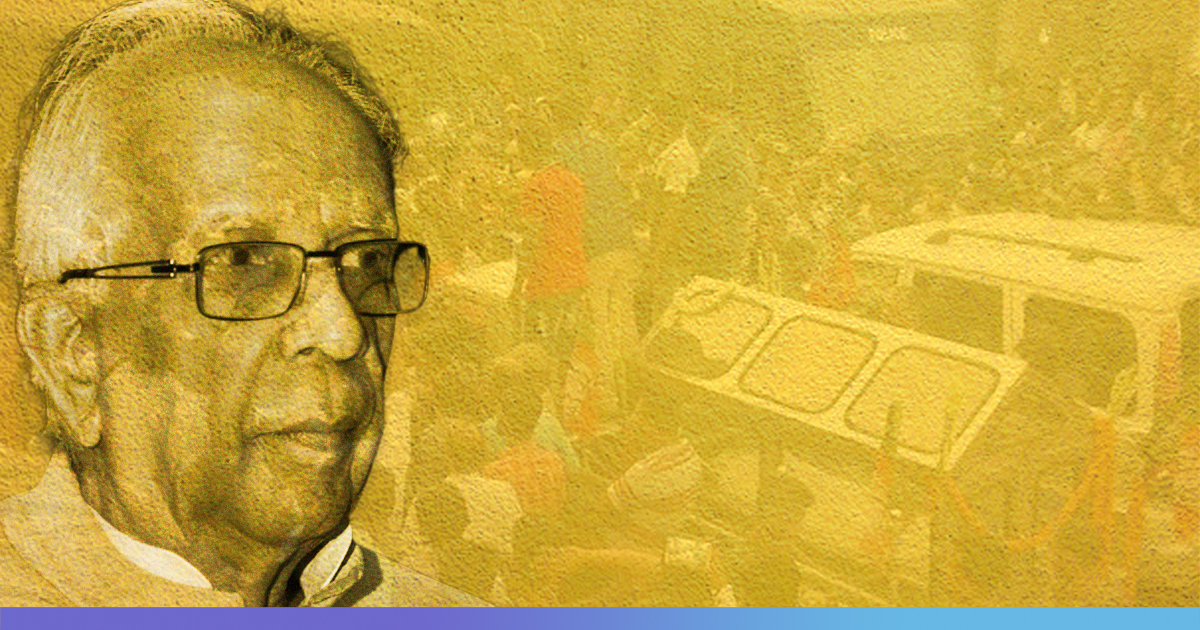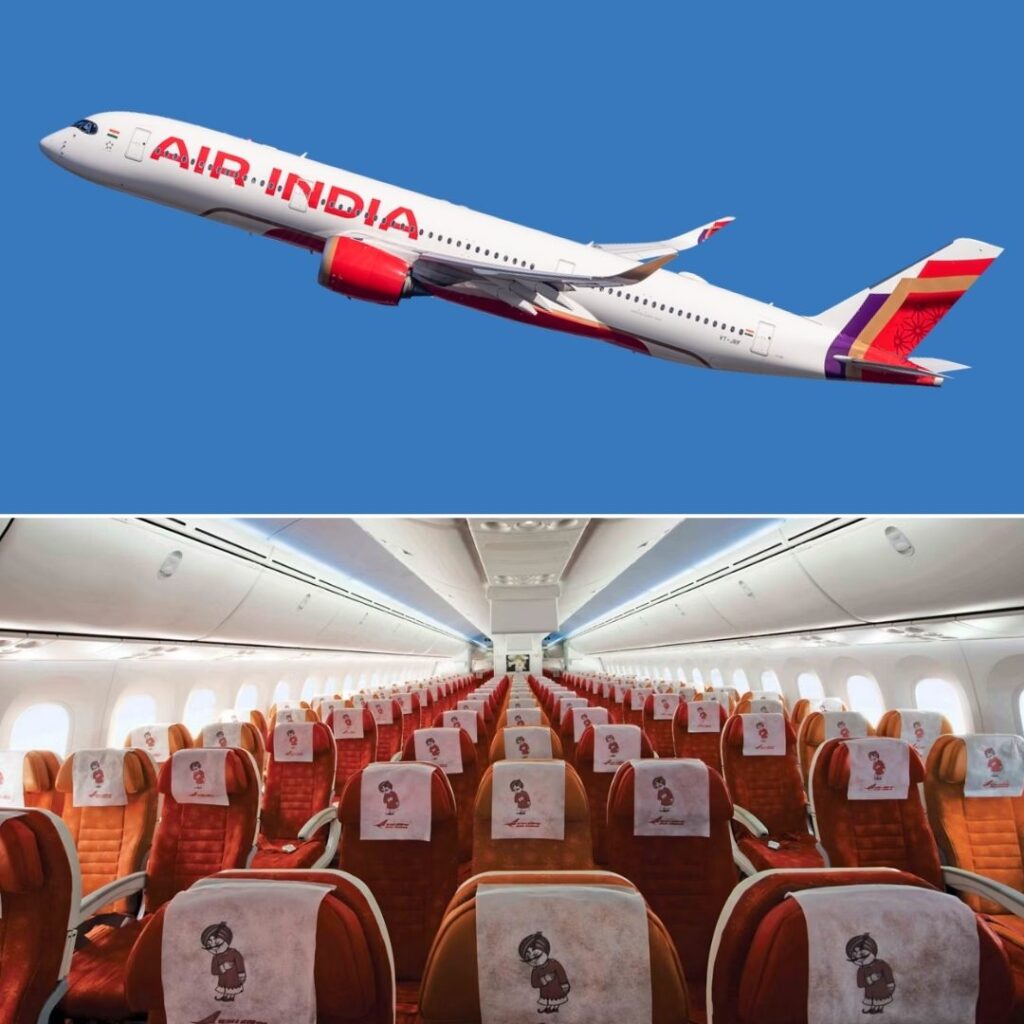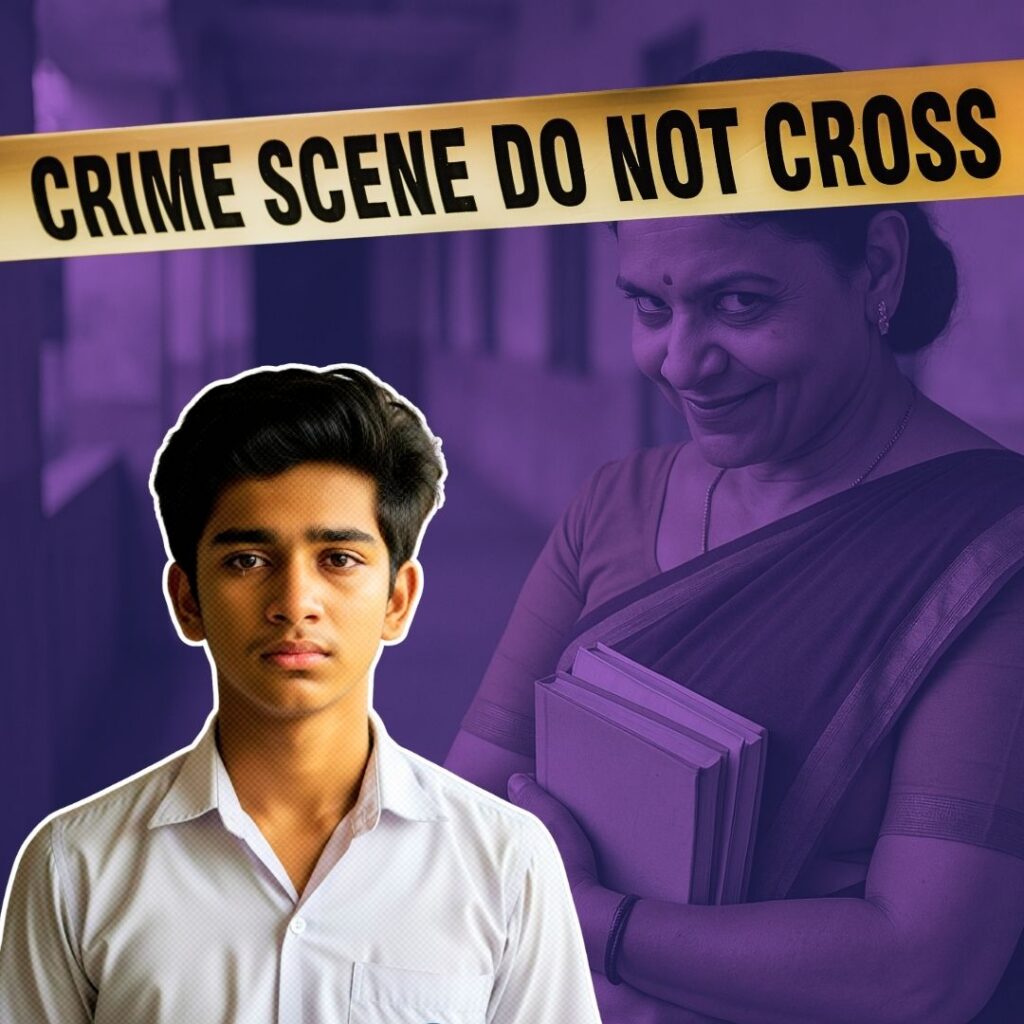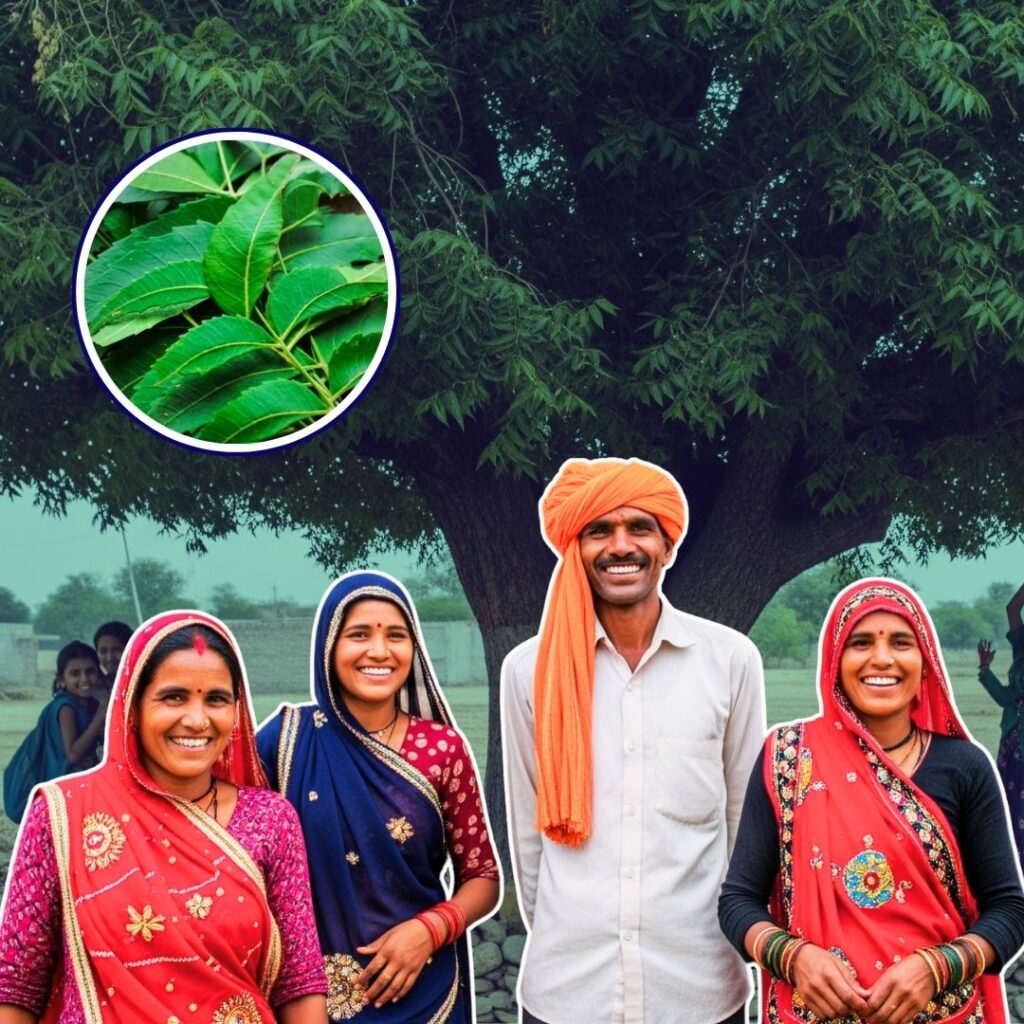After BJP workers clashed with Kolkata police on Wednesday (12 June 2019), West Bengal Governor KN Tripathi called for a meeting of major political parties on Thursday. Tripathi sent a letter urging leaders of political parties to attend the meeting at 4 pm at Raj Bhavan.
Several incidents of clashes between workers of the BJP and the TMC have been reported after 2019 Lok Sabha election results were declared on May 23. West Bengal Chief Minister Mamata Banerjee claimed that 10 people have been killed in the violence which includes eight supporters of TMC. On Tuesday, police said that in a bomb hurled two people – Mohammed Mukhtar and Mohammed Halim, got killed.
Post-Poll Violence
On June 9, fresh violence in North 24 Parganas district, that falls in Basirhat constituency, claimed the lives of several workers of both the parties. The violence erupted over the removal of saffron party flags in the Basirhat constituency, where Nusrat Jahan of the TMC defeated BJP’s Sayantan Basu by a massive margin.
As per the party claims, five BJP workers were killed and several are missing; the TMC has said that eight of its workers were killed and many others are critically injured.
Following which, the state BJP unit on June 10 observed a black day against deteriorating law and order situation in the state. The state BJP workers sporting black badges took out rallies in several parts of the state.
A day after the protest march, Union Minister Babul Supriyo held Mamata Banerjee responsible for provoking violence in the state. Speaking to news agency ANI Supriyo told that the CM is using her party workers and police to create violence.
In earlier incidents of post-poll violence, a BJP worker was shot dead on May 26, in the Bhatpara area of West Bengal’s North 24 Parganas district. On May 30, another BJP supporter was killed in a village in East Burdwan district. And again on June 4, a TMC leader was shot dead by unidentified assailants in Kolkata’s Nimta locality.
President Rule in West Bengal
Earlier, in an exclusive interview to the India Today, the Governor said that there may be a need to impose President’s rule if the law and order situation deteriorates further. “A need for imposing President’s rule may arise. When the demand comes, the central govt will consider it,” said the Governor.
West Bengal Chief Miniter Mamta Banerjee showing displeasure over Governor’s remark said, “I respect the Governor but every post has its constitutional limit. Bengal is being defamed… A plan is being hatched to turn Bengal into Gujarat. Bengal is not Gujarat.”
However, BJP state leaders said they do not want the President’s rule. They asserted that they are against Mamata Banerjee government’s decision to bar victory processions in the state. BJP general secretary Kailash Vijayvargiya said we want to exercise our democratic rights but the government is using its powers to target our workers, and we are against such clampdown.
Vijayvargiya alleged that the state government prohibited the saffron party from taking out victory marches by imposing Section 144 of CrPC, which prohibits the gathering of more than five people on the ground that it may lead to violence.
Home Ministry Issues Advisory to WB Government
On June 9, after violence in Basirhat constituency, the Union Ministry of Home Affairs sought a report from the state government on the instances of violence.
The Central government, in an advisory issued to the West Bengal government, said that the violence in the state in past weeks appeared to be a failure on the part of the law enforcement machinery in maintaining law and order situation. It further requested the state government to take action against ‘officials found delinquent in the discharge of their duty’.
However, West Bengal CM Mamta Banerjee rebuffed the charges as a “political controversy” and claimed that the situation in the state is not bad.
The state government, in a letter to the centre, said that they are only “stray post-poll clashes” and appropriate actions in all such cases are being taken without any delay. “There have been a few stray post-poll clashes in the state perpetrated by some anti-social elements, the law enforcement authorities have been taking firm and appropriate actions in all such cases without any delay,” said State Chief Secretary Malay Kumar De, in a letter to the Union Home Ministry.
On June 10, West Bengal Governor met Prime Minister Narendra Modi and Home Minister Amit Shah and informed about the prevailing situation in the state.
Earlier a press release from the governor’s office, expressing grief over the current situation, said, ”Governor Tripathi is very sad at the unfortunate loss of lives and properties of the citizens. He extends his heartfelt sympathy for the families and near and dear ones of the deceased. He appeals to all concerned to see to it that no violent incidents take place and peace and harmony prevail in the state.”
History of Violence in West Bengal
Clashes among rival political workers have remained high whenever there was a threat to the existing government in the state. In the years between 1972 and1977, when Congress regime was challenged by the left front, Siddhartha Shankar Roy’s Congress government unleashed violence against opponents.
The occurrences of violence continued under the Left Front government, which ruled the state for 34 years – from 1977 to 2011. In 2008, when the Left front suffered a huge loss during panchayat elections, incidents of violence and clashes among rival political workers reached an all-time high. In the following years, until TMC came to power in 2011, indefinite instances of violence were reported in the state.
Also Read: BJP Observes Black Day Against Reported Killing Of Party Workers In West Bengal











